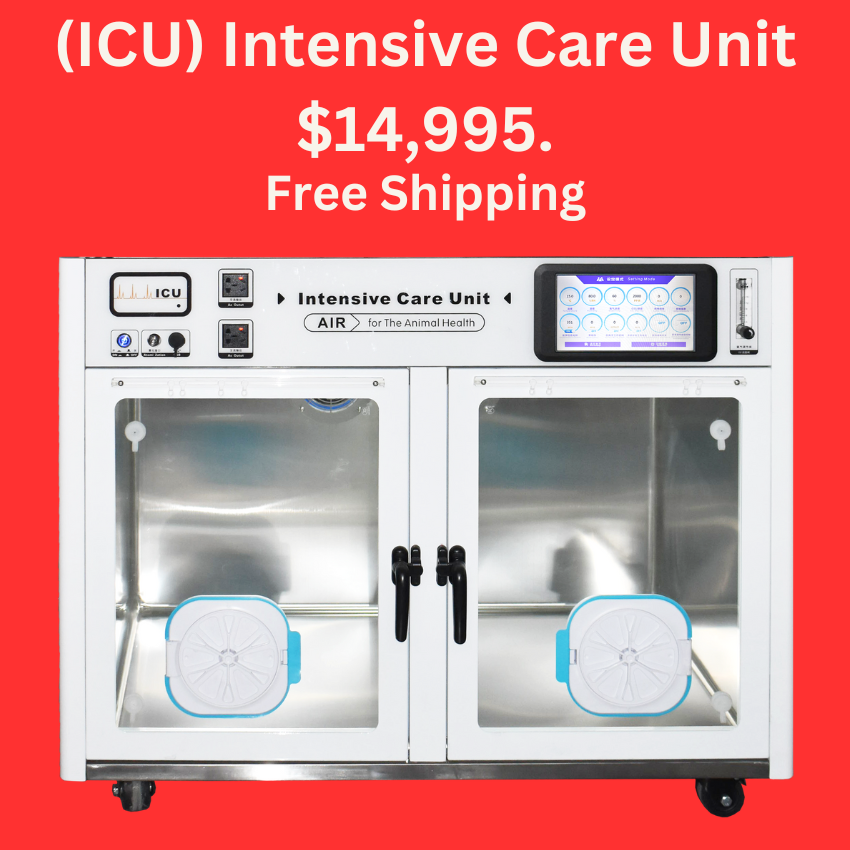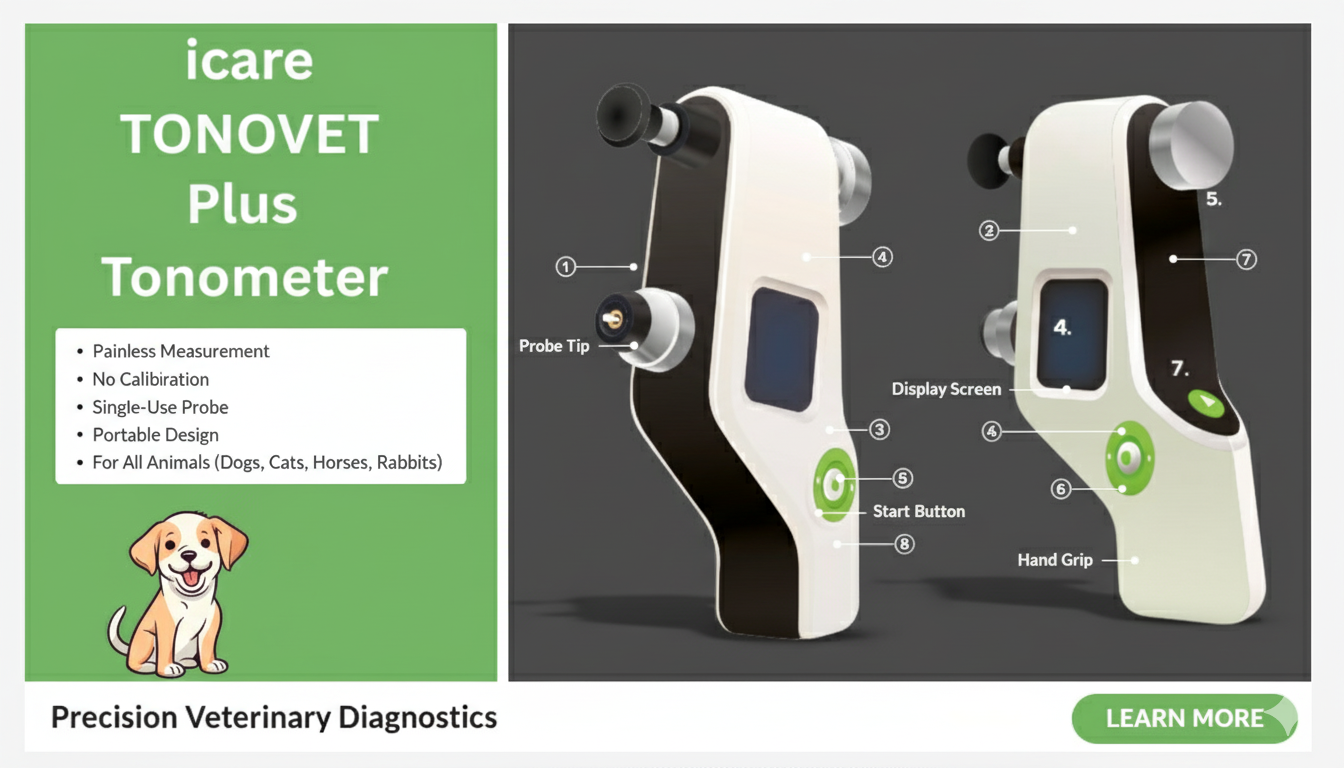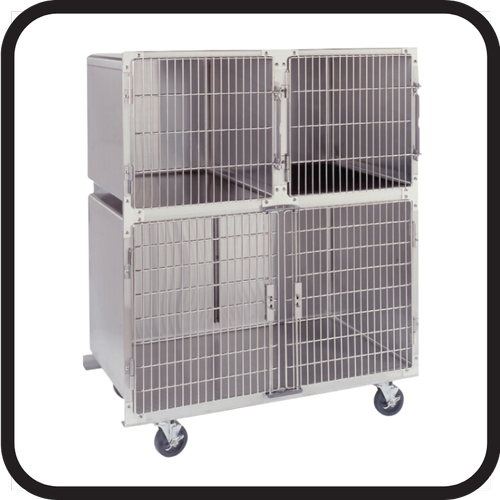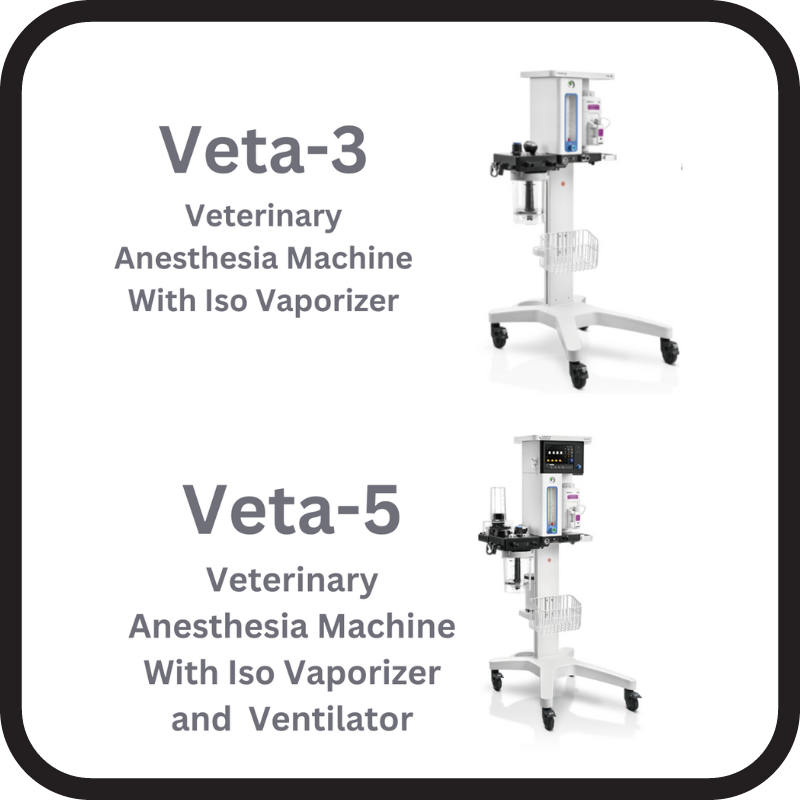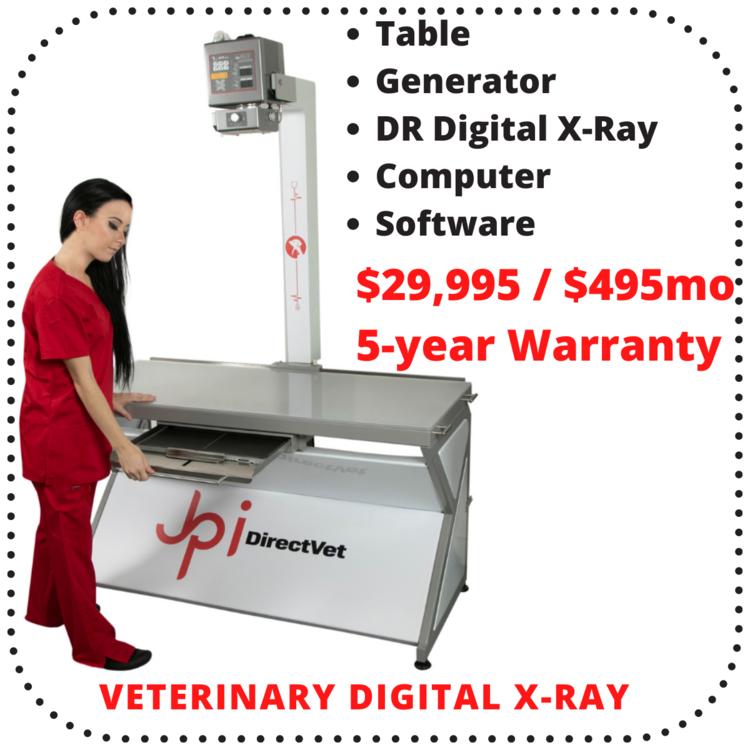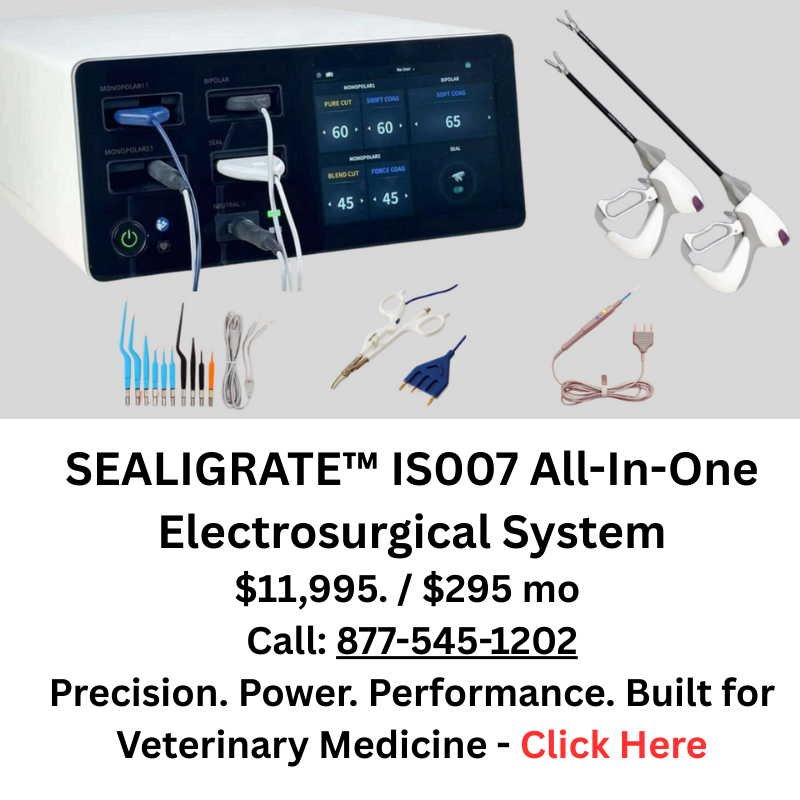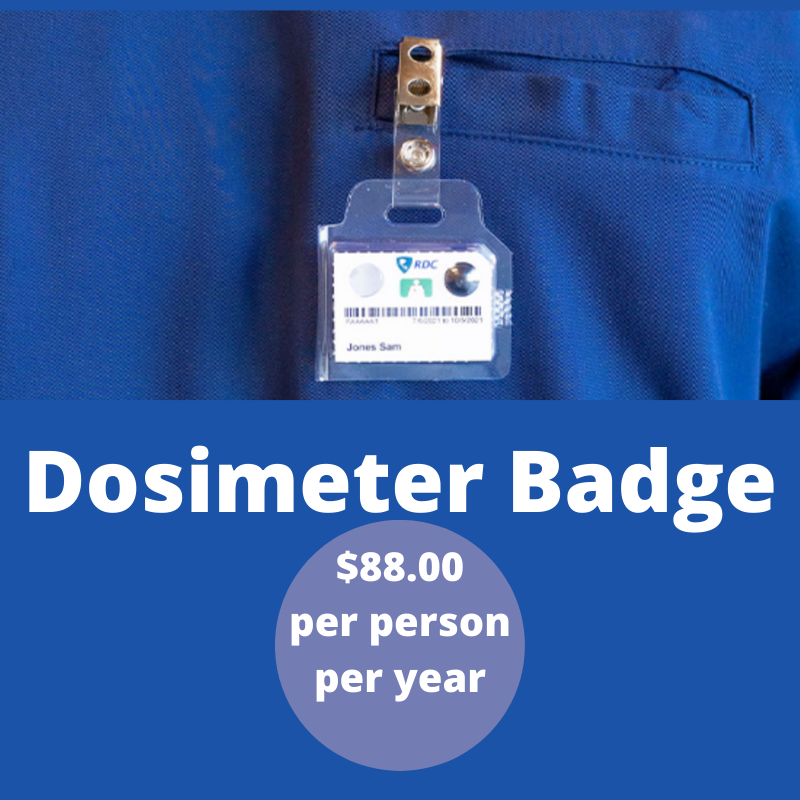How Much Does It Cost To Buy a Veterinary Practice?
/Table of Contents
After long years of studies and a few of practicing your profession, you're finally ready to take the plunge: acquire your own veterinary practice! However, after some research, you wonder if you have the right financial backing to become a homeowner.
But don't worry: with enough preparation and with the help of an expert, you can make your dream come true.
It costs anything between S$ 250.000 and US$ 1M to buy an established veterinary practice. The asking price typically includes real estate, furniture, and stock value. It varies slightly, depending on the location and practice value..
What determines the value of one practice over another, even when they have the same revenue, isn't the purpose of this article.
However, if you are interested in these financial aspects, you can read more about them here. The rest of this article will explain the process of buying a veterinary practice.
Acquire an Existing Practice or Starting From Scratch
Owning a veterinary practice is the dream of many vets. But should you acquire an already established practice or start from scratch?
It depends on your needs and what you want to do with your veterinary clinic in the short, medium, and long term.
Starting your own practice from scratch is attractive for several reasons. You will have full autonomy and leadership in decision-making. You will be able to choose the quality and style of practice and the organizational culture of the practice.
You will also be able to select and develop your own team and work schedule. You will make all financial decisions, such as fees, equipment purchases, compensation, and benefits.
On the other hand, such freedom also comes with a burden.
You will not have an established clientele. You will not have cash flow, or equipment already installed, or well-trained employees.
It may also take a long time to see a return on your investment.
Not to mention that banks generally prefer to finance the acquisition of an established practice and are more cautious when it comes to startups.
For all of these reasons, and while buying a practice also has its share of drawbacks, this article will focus exclusively on acquiring an established veterinary practice.
The Importance of Being Well Prepared
You don't, and shouldn't try to do it all alone, during the process of buying your first veterinary clinic. Calling in a professional with expertise in this type of purchase will save you the headache of trying to manage everything on your own.
So, as soon as you feel ready to buy, contact a consultant. This will save you a lot of rookie mistakes.
The next step will be to obtain the studies, financial statistics, and financial statements of the veterinary practices that interest you.
Then, you should contact an experienced accountant and make a list of equipment to purchase.
To facilitate your gathering of information on clinics offering attractive purchasing potential, start by consulting their websites.
If what you read matches your needs, set up a meeting with the owner to talk to you about their business.
As soon as a supplier is targeted, ask other important questions:
What is or is not included in the sale? What is the desired price? How was the price calculated?
Are there any special conditions to take into account in the sale? What is behind the decision to sell?
What are the owner's after-sales plans in place?
If the seller can't provide clear answers to these questions, it should be a red flag.
What Are Your Loan Options When Buying a Practice?
Bank Loan
Financing the Purchase of a Veterinary Practice If you've decided to buy an already established clinic, consider a conventional bank loan.
An expert can offer you personalized financing that not only takes into account your tangible assets but also recognizes the market value of your activities. He will work closely with your leading advisors and business partners so that your acquisition project runs smoothly.
Operating Financing
A bank loan will give you the flexibility to borrow as much as you need, when you need it, for your inventory or operating expenses. Just write checks or make payments online from your business loan, up to the limit.
Conversely, your deposits will be automatically deducted from the balance to be repaid on your loan.
Real Estate Financing
Suppose you're thinking about growing your business in the future. In that case, you will probably require you to buy land, acquire or build buildings, or perform major renovations.
The bank expert lender should offer you specialized financing solutions to acquire a new property or expand your existing facilities, depending on your needs.
Cash Flow Optimization
Good management of your revenue cycle is essential to the proper functioning of your clinic. By leveraging accounts receivable and payments quickly (including at your point of sale), the bank lender can help you get the most out of your cash flow.
Processing of Receivable Accounts
Turning sales into revenue quickly means that accounts receivable can serve your clinic that much faster and make it more efficient.
Payments for animal care and products can be debited electronically. Other payment options, such as scheduled payments, help families of animals plan for recurring medical costs and allow you to receive needed funds faster.
Processing of Payable Accounts
Sending high-value payments to vendors and payables on time and without error is a critical part of running your veterinary clinic. Electronic services provided at the bank will increase the ability to transfer funds securely and quickly to beneficiary accounts. Consider a Small Business Administration (SBA) Loan Loans are possible for practice, real estate, or a combination of both.
This is called a blended loan. Practice loans have a duration of between 5 to 10 years. Real estate loans are granted for a more extended period, with a range of 15 to 25 years being common.
The blended SBA product is interesting because it offers a single loan to both entities with an intermediate-term.
For example, if a veterinary practice is sold for $US 500,000 and the real estate is valued at the same price, the loan term would be 17.5 years.
The interest rate can also be combined, which provides an interesting rate.
How To Finance New Equipment
Whatever your practice is dedicated to small animals or large ones, you will require specific equipment. Indeed, veterinary medicine is highly diversified and involves using different materials, depending on the specialty of the practitioner or the clinic using them. Hence the need to carefully examine the possibilities of financing this equipment.
Buy Materials Adapted to Each Practice
In liberal veterinary medicine, a distinction is generally made between small animal veterinarians, rural veterinarians, and equine veterinarians. The former exercises typically in a sedentary manner in an office or clinic, while the others have a predominantly itinerant activity.
The material requirements are therefore not the same.
In a small animal's veterinary practice or clinic, there are many materials to finance:
- Consultation table
- Surgery table
- Radiology device
- X-ray viewer
- Anesthesia machine
- Ultrasound scaler
- Electrosurgical unit
- Electrocardiograph
You must then add the hospital kennel, computer equipment, and often the professional car.
Indeed, in rural, bovine, or equine exercise, the vast majority of operations are carried out in the field and require portable radiography, ultrasound, or surgical equipment. This equipment is often expensive.
Note: In addition to these materials to be financed, you shouldn't forget the cost of purchasing consumables, current examination instruments, drugs, and animal feed.
Find Possible Funding
All major equipment and professional equipment in a veterinary practice or clinic, including the vehicle required for the activity, can be financed by credit or leasing.
Leasing finances all new equipment and materials. You can choose the equipment you need and which will be purchased by the leasing company. You can also select the lease duration and the amount of the rents, their frequency, and redemption value at the end of the contract.
From a fiscal point of view, rents are deductible from the results of the practice or clinic.
With traditional credit, professionals can also choose their equipment (new or used), then the duration and terms of repayment of the loan. It's also possible to determine the monthly payments, depending on the duration of the loan.
As long as it finances professional equipment, the loan is, of course, amortizable, and interest is deductible from the results of the activity.
How To Finance an Operating Room?
Veterinary operating rooms are increasingly sophisticated and require expensive equipment.
Therefore, it's essential to provide a suitable financing plan when practitioners wish to install a new surgery room in an office or clinic.
Determine the Equipment Needed To Operate
In canine veterinary medicine, the main materials used for general surgery (orthopedic, thoracic, abdominal, urogenital, skin surgery, etc.) are numerous:
- Surgery table
- Surgical aspirator
- Operating light
- Anesthesia machine
- Oxygen concentrator
- Control monitor
- Ultrasonic cleaner
- Compressor
Small equipment for injection, infusion, and sampling, probes, syringes, and catheters, are also needed.
Note: In addition to the surgery table, attachment straps and an animal transport board are essential.
Consider Price and Financing of New Equipment
For all the large and small equipment in a standard operating room, an investment of at least US$ 25,000 is generally necessary. But specialized surgical equipment can quickly add to this cost. For example, the price of an operating microscope alone ranges from US$ 12,000 to 70,000. Some high-end surgical light sets can cost up to US$ 25,000.
Leasing. This is the preferred method of financing for paying large operating room equipment. Leasing can pay for all new equipment, including surgical equipment.
The main advantage is that you will select the equipment you'll need and which will be purchased by the leasing company.
Conventional credit. The other financing solution is conventional credit. Here too, you can choose your equipment and the duration and terms of repayment of the loan. It's also possible to determine the number of repayment deadlines depending on the duration of the loan.
Note: From a fiscal point of view, the leasing rents or depreciation and interest on the loan are fully deductible from the clinic's results when the equipment financed is for professional use.
Conclusion
Now that you know the price and requirements of purchasing a veterinary practice, you are in a position to prepare yourself better.
Remember that you don't have to do everything alone. The wise help of an experienced consultant in purchasing veterinary clinics will be of great help to you.



